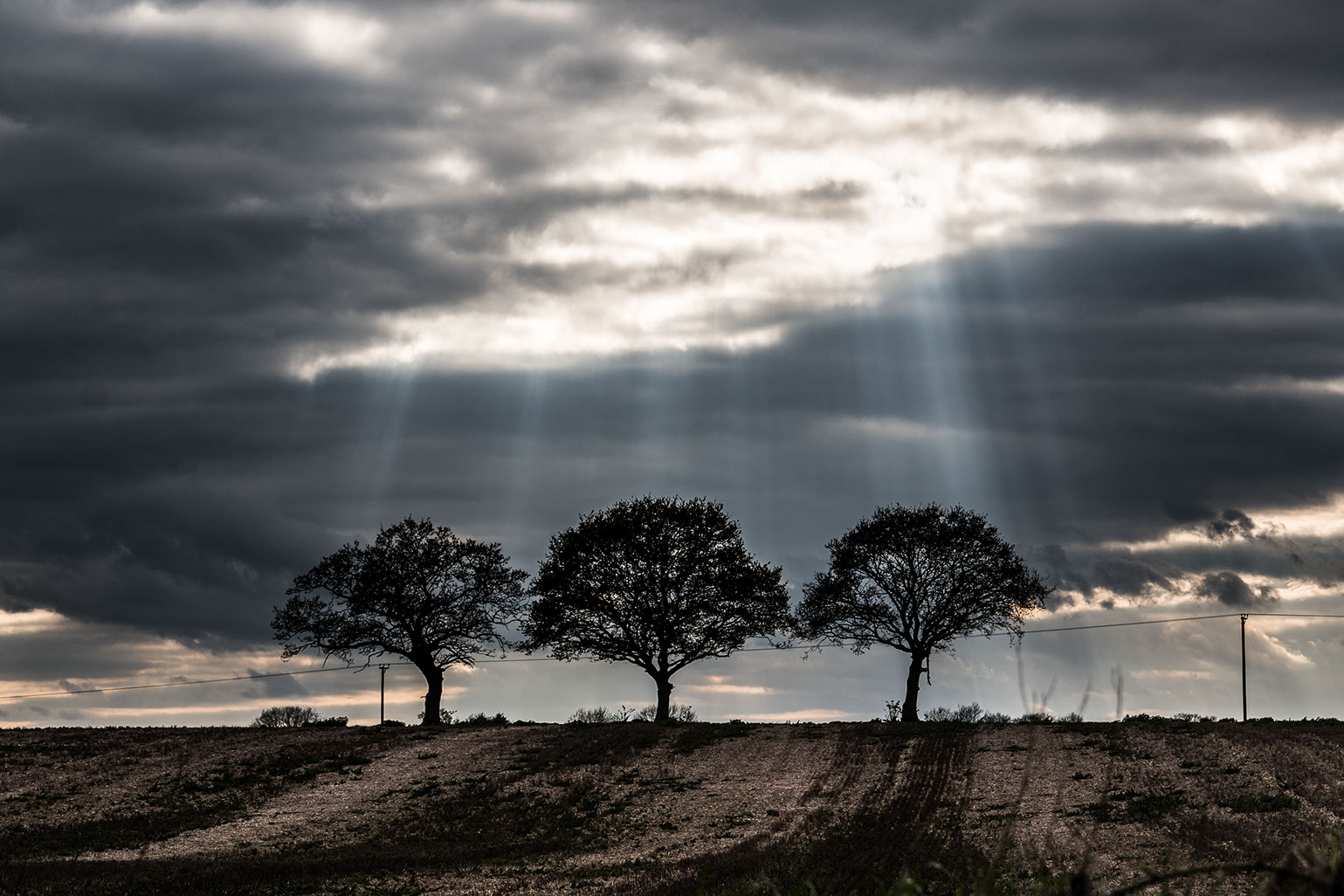
A year with the Leica SL
July 2016
Triumvirate. Leica SL with 24-90 Vario Elmarit SL Asph.
Introduction
On June 23rd 2015 a big box arrived at my door. It contained a prototype SL together with the 24-90 Vario Elmarit. There were no instructions and no clue on the body itself (apart from Leica on the front, and On/Off on the back). I had two different test cameras, one from June to July, and another for September.
At the time of the camera launch in October 2015 I wrote The Leica SL (a field report) as an introduction to the camera.
I bought my own camera with the 24-90 at the first opportunity, and then the 90-280 on its release this spring. Looking through my Lightroom Library I have 6,000 saved images (I usually delete about 75% of the images I take, so that might be 15,000 images in total) taken with 23 different Leica lenses (SL, TL, M and R). The camera has been a constant companion, it's been to Crete and Venice, Wimereux and Sarnano, it's photographed weddings and christenings, dress rehearsals and tractor runs, skiing and dog shows, parties and private views.
Since the camera started shipping in November 2015 there have been two significant firmware updates, reaffirming Leica's commitment to improving existing products. There will be more in the future.
It seems to be time for a long time user report!
Rather than covering old ground and describing the camera in detail, I'm going to discuss its position in the world of photography, after that I'll look at using the SL in a number of different shooting environments.
This century the progress of digital photography has been so incredibly fast that it has led to an impression of linear development, with the technology improving with each new release, and indeed, until the last couple of years this has certainly been the case, but I wonder whether this is still the right way to look at new cameras. As far as I can see, all the cameras produced in the last few years are capable of producing excellent images, but looking at reviews, there seems to be a mindset that it needs to keep on improving, and they concentrate on image quality and easily described features (Image Stabilisation, Focus Peaking, High Dynamic range) whilst ignoring the features which help us to make good images - principally those that help the camera get 'out of the way' leaving the photographer to concentrate on the image.
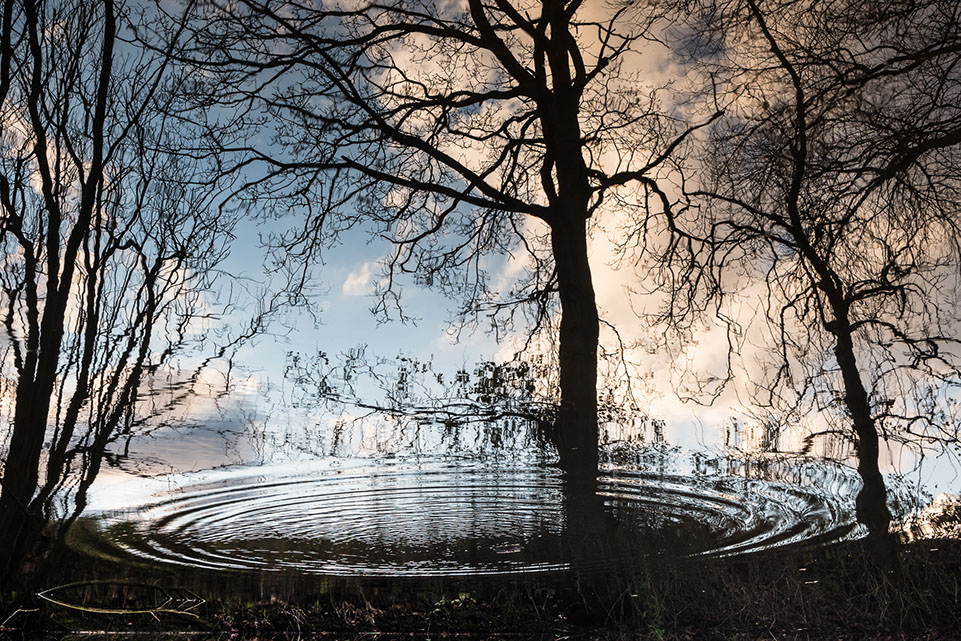
Bier Lane. Leica SL with 24-90 Vario Elmarit SL Asph.
Image Quality and Megapixels
Recently Peter Walker posted a pair of images on the Leica User Forum. These show two similar views of Manhattan, one taken 15 years ago with a Hasselblad 205FCC 6cm x 6cm and a 110 mm lens on Fujichrome 100 and scanned using an Imacon Flexlight scanner, the other taken this year with a Leica SL and the 24-90 zoom at 68mm (about the equivalent focal length). It's well worth clicking on the link and looking at his images.
The point is that the SL image, despite having been taken with a much smaller 35mm sensor, is just as good as the state of the art film image, perhaps even better. Arguments about film vs digital get very heated and partisan, and they aren't relevant to this discussion, and I'm certainly not arguing against the charm of film. My point is simply that the SL with a 24-90 lens provides quite good enough image quality for any normal requirements.
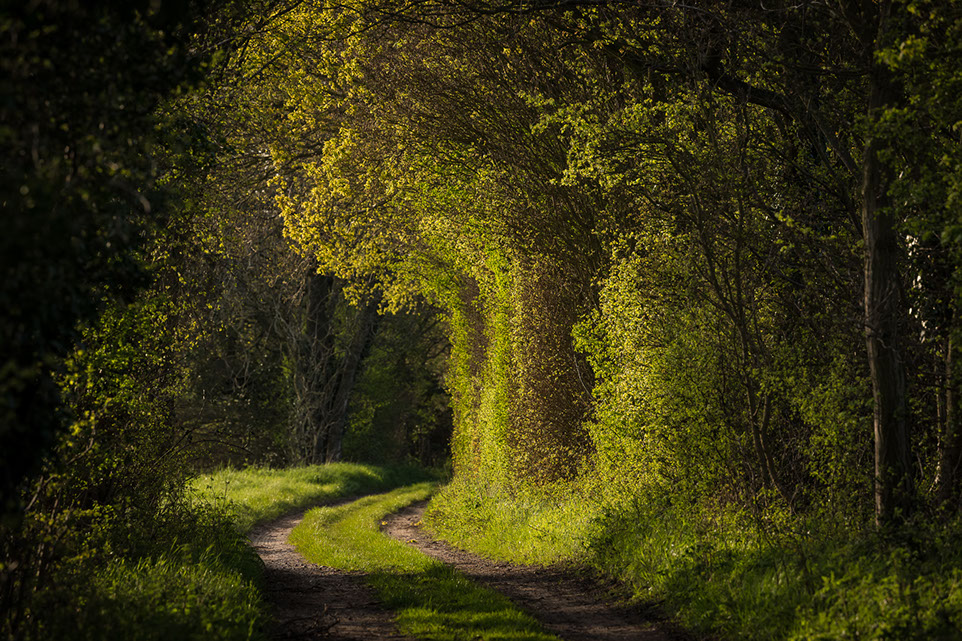
On the Corner. Leica SL with 90-280 APO Vario Elmarit SL
The world of photography however seems to need more and more: New Canon and Sony cameras produce images of 40 or 50 megapixels and there is talk of a 100mp 35mm sensor. Whilst I understand that for some (very few) applications this kind of resolution might be desirable, it certainly isn't necessary for printing normal sized images (you can get an excellent A1 print from a good 24mp file).
Despite this continuing demand for larger and larger files the new professional cameras from Nikon and Canon are still only 20mp. Other things being equal, more megapixels would be fine (even if only to allow cropping), but taking proper advantage of the larger resolution sensors requires better and larger lenses, sturdier support (tripods) and more powerful computers.
I'm not suggesting that improved sensor technology isn't a good thing, just that larger and larger files don't need to be part of that equation. Much better to use the improvements to make better quality pixels rather than more of them!
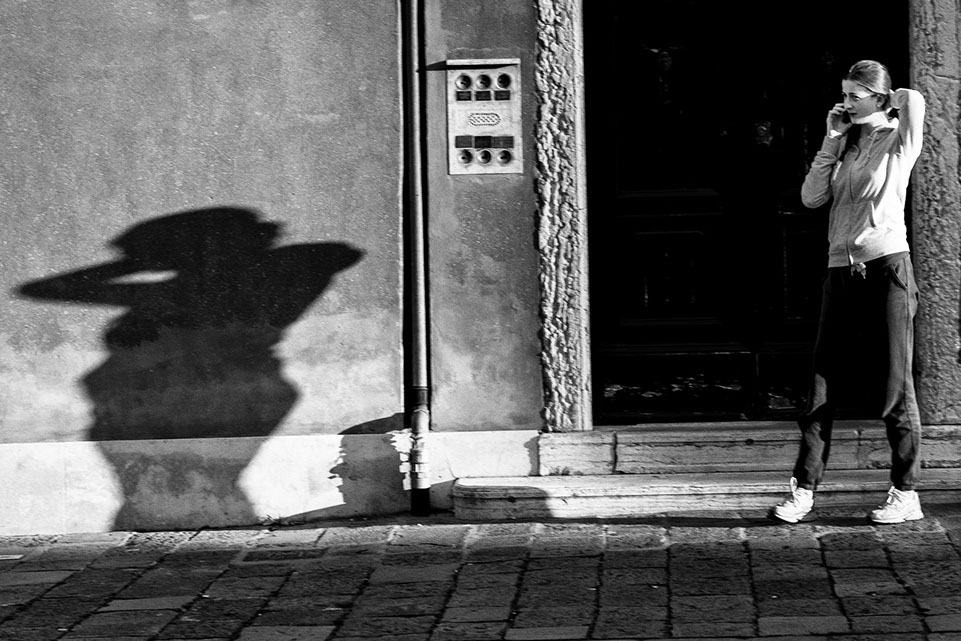
Talking on the Telefonino (Venice) Leica SL with 24-90 Vario Elmarit SL Asph.
Haptics - fixed or flexible
Fixed Controls
Over the last few years there has been an increasing tendency for camera manufacturers to return to the labelled controls that the Leica M cameras never abandoned. So that you have a shutter speed dial, an aperture dial (usually on the lens), an explicit ISO dial and more recently exposure compensation dials. All nicely labelled with engraved values.
This has various advantages, it looks lovely for a start, you can see all the settings just by glancing at the camera, and if the camera is well laid out then things fall to hand really easily. M users have understood this for decades and it would be a sad day indeed if an M camera worked any other way. The Leica X and Q are beautiful examples of this philosophy, and Fuji have espoused it with their X cameras to great effect.

Strawberry time with Sarah and Duck Leica SL with Leica 75mm APO Summicron
Mixed Fixed and Flexible controls
Modern SLR cameras began to move away from this fixed model long before the onset of digital technology. With the move to the EOS mount Canon abandoned some of their labelled dials in the 1980s, details being shown on an LCD on the top plate of the camera. Nikon held on much later, but with the introduction of the G lenses and the F5 the aperture was controlled by the body rather than the lens, and the dials lost their markings (for autofocus cameras at least).
Most modern cameras have a mix of fixed controls (for instance the APSM dial) and flexible controls which can then be configured in the camera's menu system. The latest professional dSLR cameras (the Nikon D5 and the Canon 1Dx mark ii) work like this.
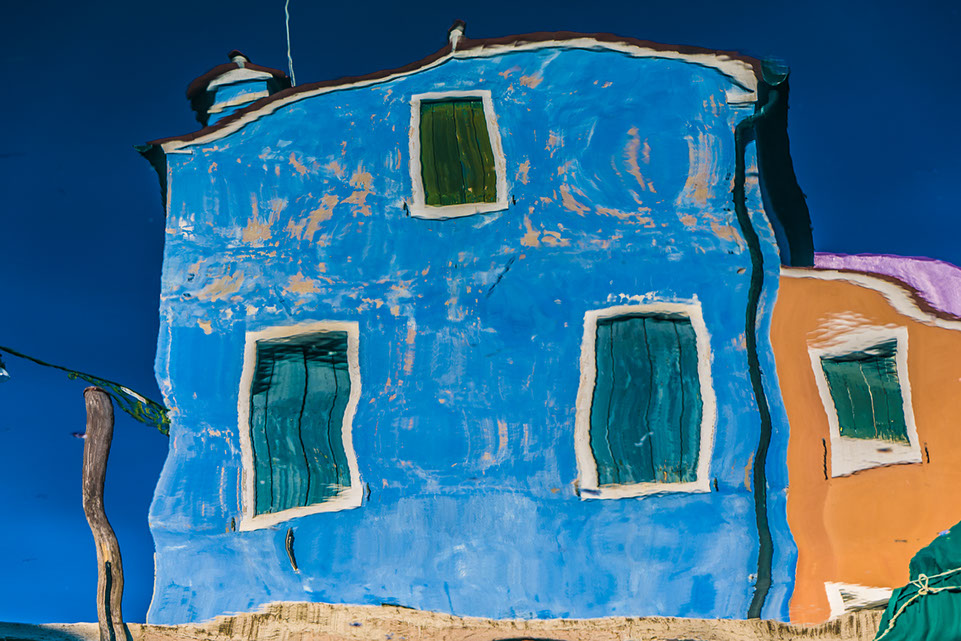
Burano (Venice) Leica SL with 24-90 Vario Elmarit SL Asph.
All Flexible Controls
In my original SL article I joked that the only writing on the Camera (other than Leica on the front) was on the On/Off switch, and I thought that I could probably remember how that worked! Of course, this is because the On/Off switch is the only control which has a fixed use (with the sole exception of the screen button, but I can imagine there might be plans for that later on). All the other controls are configurable, and many of them have dual functions (short press / long press) etc.
Basically, it would seem that Leica have seen direction of travel for professional level cameras, and taken it to its logical conclusion. Of course, you might feel that you prefer all fixed function controls (as per Fuji Cameras) or a mixture (like most other cameras). However there are some ramifications, which I'll look at next.
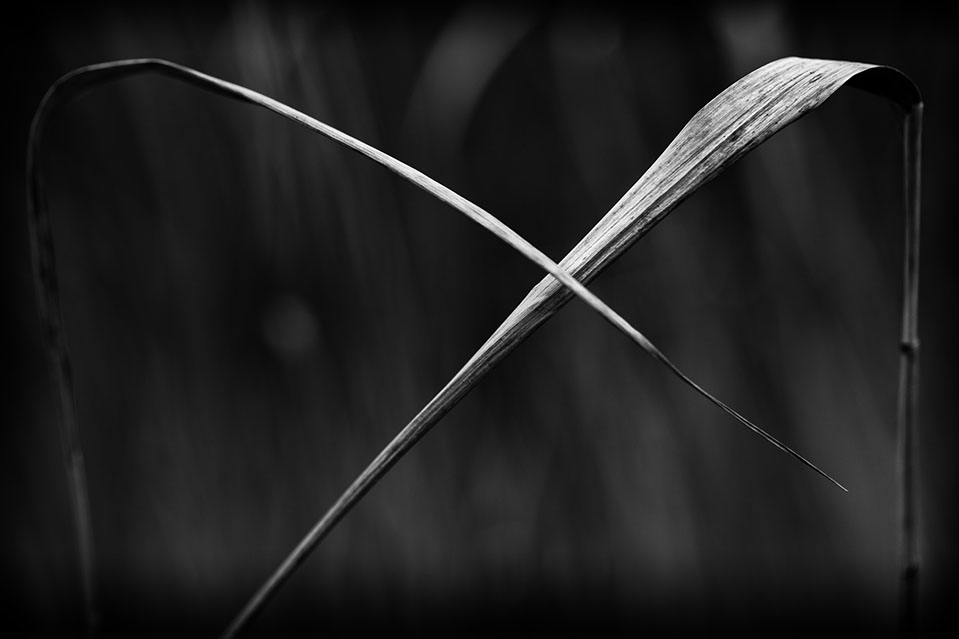
Criss Cross Leica SL with 24-90 Vario Elmarit SL Asph.
Seeing the settings
If you have fixed settings then of course it's easy to see what's what, even if the camera is turned off. You will, however, have to look at several different places to get all the information. With flexible settings, then you have to rely on the LCD on the top plate, this has the disadvantage that it isn't on all the time, but the advantage that everything can easily and quickly be seen in one place.
When actually shooting, most recent cameras will show all the settings either at the bottom of the LCD, and in the EVF. The SL is no exception here.
Changing the settings
For the occasional photographer it's pretty nice to have the controls marked clearly, but if you're using the camera every day then you really do know where they are, added to which one is often changing settings with the camera to one's eye, in which case it's important to know where they are!
A problem with fixed controls is that they are easy to change in the bag without noticing - even when the camera is turned off; some cameras have locks to prevent this, but of course they militate against rapid changing of the settings when shooting.
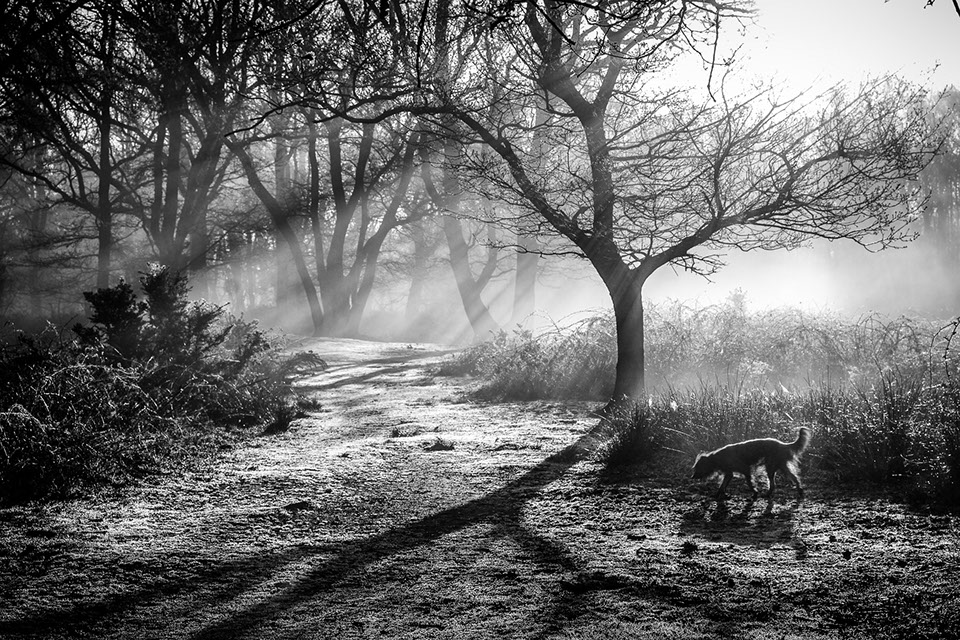
Springtime Squirrel Sniffing Leica SL with 24-90 Vario Elmarit SL Asph.
User Presets
User presets are really convenient for quickly changing batches of settings to suit changing shooting situations. Almost all modern cameras have them. Of course, if you have fixed analog controls and dials, then the presets either have to ignore these settings - or else there will be a disconnect between the settings on the body and those in effect.
Future Firmware changes
It's been a welcome change in the last few years that more and more camera manufacturers are releasing more and more frequent firmware updates - even for older camera models.
Clearly, if the functionality of the controls is not fixed, then it gives the manufacturer more scope for making desirable changes in future firmware updates.
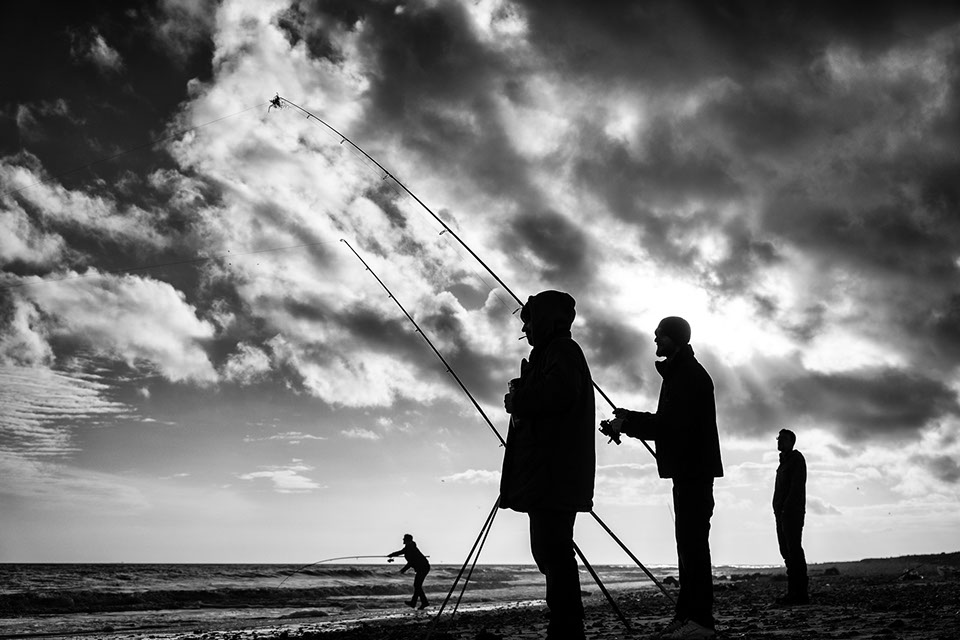
Suffolk Fishermen at Covehithe Leica SL with 24-90 Vario Elmarit SL Asph.
Each of these methodologies has devotees and detractors and each will suit some users better than others. Fuji designs have obviously been coloured by the recent trend for nostalgia, and perhaps in that respect they have let their hearts rule their heads. Canon, Nikon and others seem to have changed incrementally but without really coming to a coherent overall concept.
It is clear that Leica have been thinking very hard about camera design since the start of the S development: The SL controls are logical, innovative and consistent, and with the new firmware it's really coming of age. A year down the line I'm finding it a joy to use - it's instinctive and doesn't involve looking much at the camera. Of course, there are things I'd like to see improved, but nothing which couldn't be fixed with a firmware update.
Whilst analogue controls are pretty and fun to use (and can't be bettered on a manual focus camera like the M series) for maximum flexibility and functionality on a modern autofocus camera the new control concept of the Leica SL is hard to beat.

Talking Turkey - Venice Leica SL with 24-90 Vario Elmarit SL Asph.
Magic
Size and weight
There are lots of people who would like to see a Leica CL sized full frame camera with small, fast autofocus lenses (who wouldn't), but it seems that this isn't consistent with incorporating a motor in a lens design, or with the edge to edge sharpness that everyone wants from today's lenses (at least, not yet!).
The Sony A7 cameras are an interesting illustration of this point in that they've managed to make an extremely compact camera body, but it's becoming clearer and clearer that if you want high quality autofocus lenses, then they're going to be big (the new f2.8 G zooms are comparable in size with the SL lenses).
Both Sony and Leica have managed to make small full frame cameras with a fixed lens (Sony RX1 and the Leica Q), but it's a different issue when designing a fixed focal length lens to a particular sensor configuration.
If you can't make small, high quality lenses, then perhaps it's neither helpful nor constructive to make small camera bodies; they don't balance well with heavy lenses! However the Leica SL balances well with the two zoom lenses (24-90 and 90-280). Compared to the Sony A7rii (625gm 1.38lb) the performance and build of the Leica SL (847gm 1.87lb) is much more akin to the professional Nikon D5 (1415gm 3.12lb) and Canon 1Dx (1530gm 3.37lb). There's a considerable weight saving, but without compromise in terms of handling (and you can always add the hand grip).
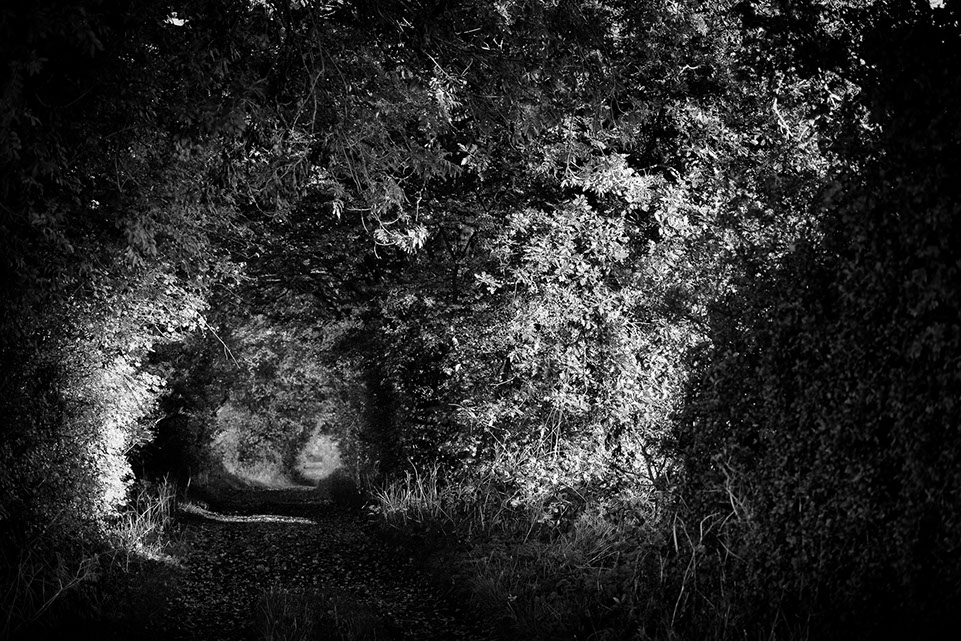
Light at the end of the tunnel Leica SL with 24-90 Vario Elmarit SL Asph.
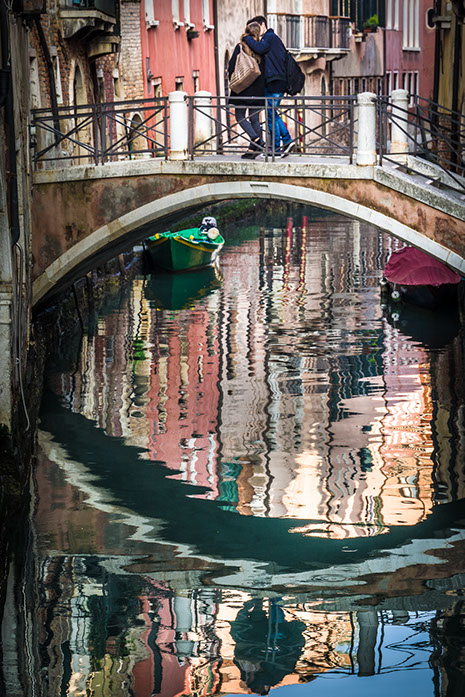
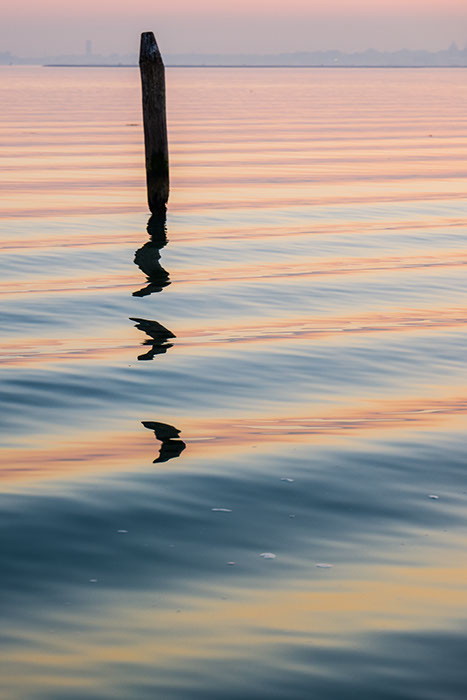
The Kiss Leica SL with 24-90 Vario Elmarit SL Asph.
Home from Burano with 24-90 Vario Elmarit SL Asph.
Shooting Scenarios - Introduction
The SL was designed as a professional workhorse which could manage every scenario a photographer might need. I've put it through its paces in a lot of different situations, and in each case it's come up with the goods effortlessly and without issue. It seems worth looking at a number of different possible situations and how the camera performs.
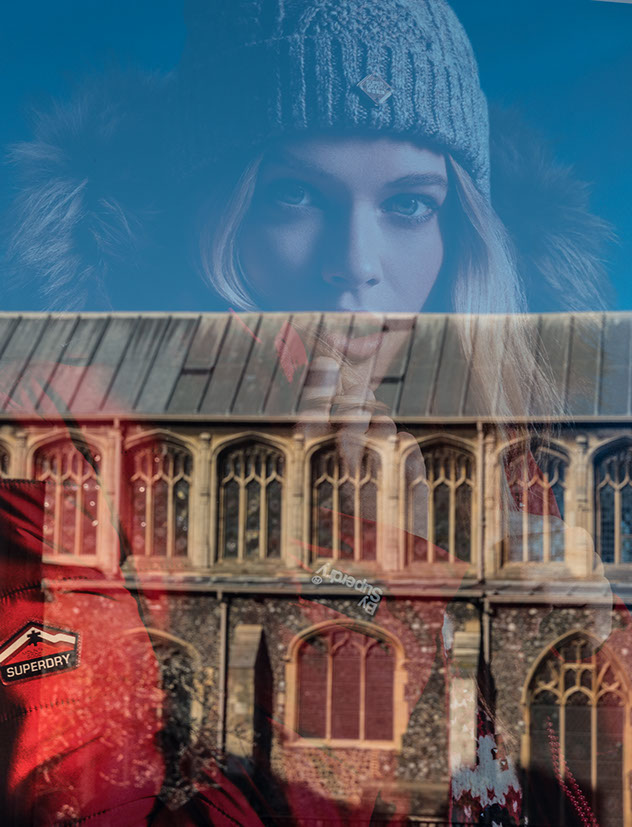
Superdry Leica SL with 24-90 Vario Elmarit SL Asph.
Event Photography
There are always so many opportunities to miss the best shots when shooting events - whether it be a Wedding, a Party or even a Christening. One needs to have a good all round zoom lens and very quick responses.
In most cases re-shooting is impossible, so having the camera write to two fast SD cards simultaneously is reassuring.
I've found that shooting with the Vario Elmarit 24-90 using spot metering and Auto White balance with single shot (with focus priority) and single point AF gives maximum flexibility. The Auto White balance is pretty reliable (and of course one can always correct things in post processing if you shoot RAW). The spot metering follows the AF point automatically, so that the exposure is taken from the focus subject. The joy stick makes moving the focus point extremely fast and efficient and the incredibly fast single shot AF means that the focusing hit rate is really high. The 24-90 zoom has a little more range than the traditional 24-70 zoom which can often help.
If the 24-90 is too large then there are a wealth of M lenses which can be used, or even the little T zooms.
I usually shoot RAW+jpg, together with the Leica SL phone / tablet app this allows one to post images directly to social media, which can be a real bonus in fast moving events.
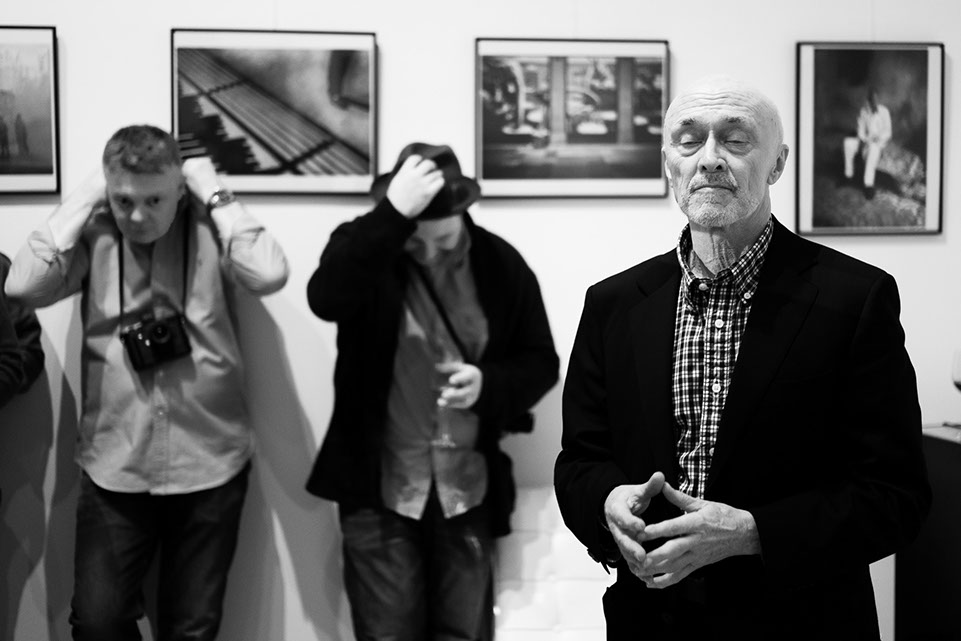
Hear No Evil, Speak No Evil, See No Evil with 35mm Summilux Asph f1.4 FLE
3 of the 4 Luminaries of the Leica Meet Group at the book launch in the Leica Gallery in Mayfair Jan 2016
Stephen Cosh, Gavin Mills, Olaf Willougby
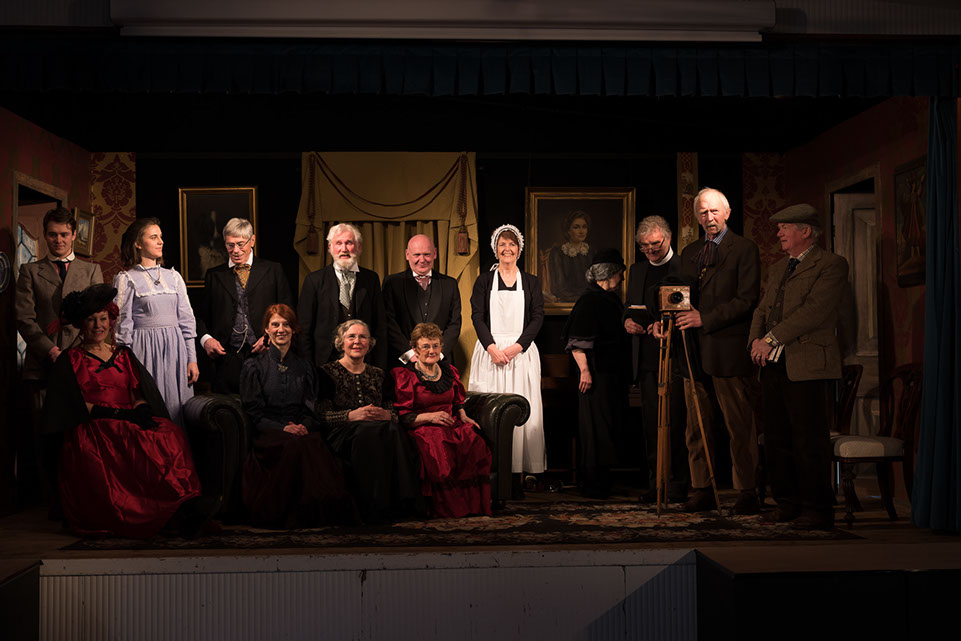
Walberswick Proudly Presents - Leica SL with 24-90 Vario Elmarit SL Asph.
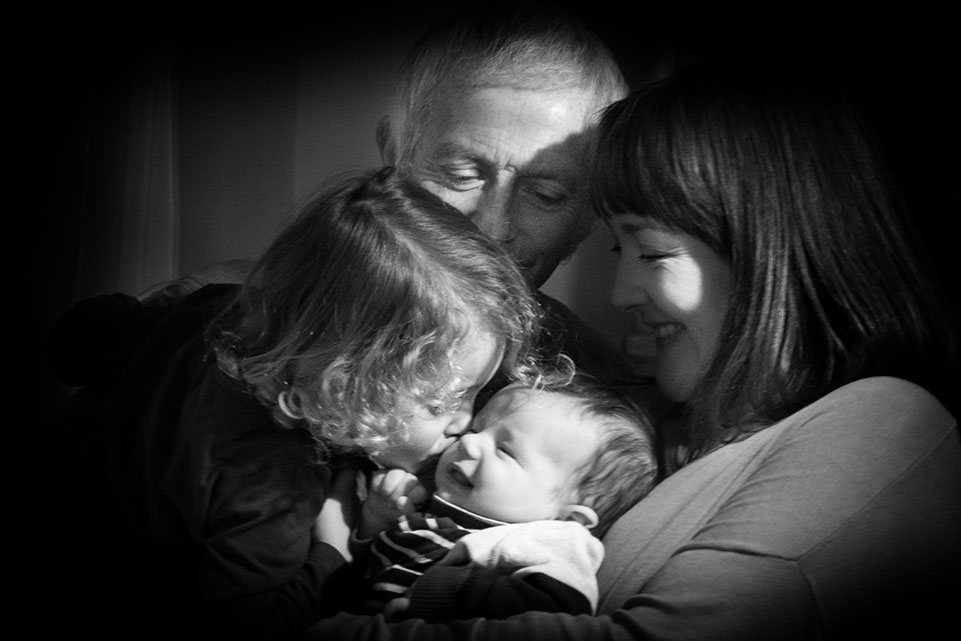
Little Sol's Welcoming Party - Leica SL with Leica T 18-56 Vario Elmar Asph
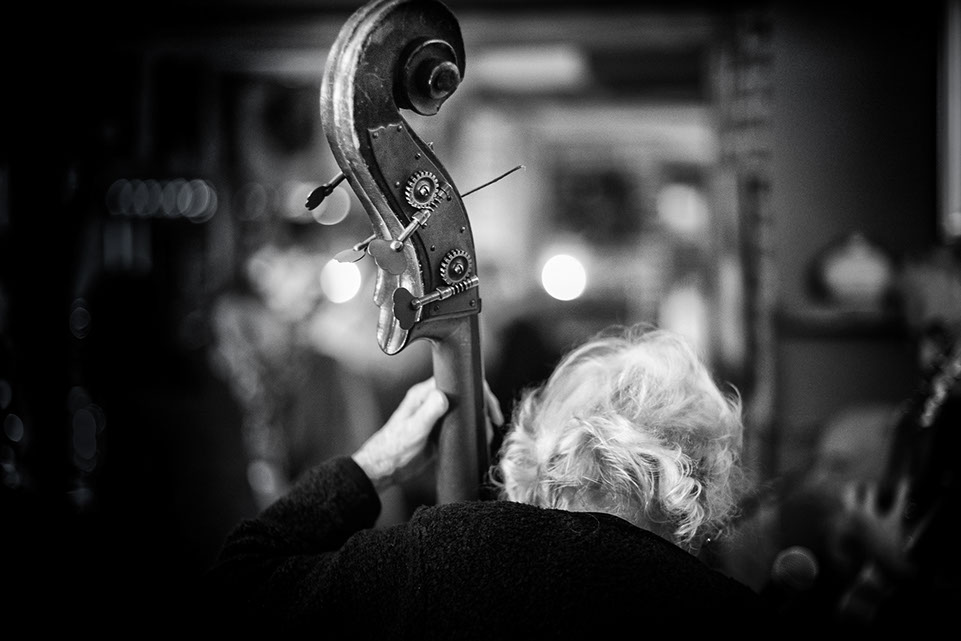
Jazz at the White Horse - Leica SL with Leica M 75 f1.4 Summilux (thank you for the loan Cam Wilder)
Landscape Photography
The ability to zoom in to various parts of the image for accurate focusing, the long exposure options and the excellent LCD all make framing and accurate focusing and exposure possible when shooting on a tripod.
The good high ISO and the quiet, well damped shutter make opportunist Landscape photography easy, and the wide range of M and R lenses make it possible to shoot from ultra wide to telephoto with high quality glass.
For an assessment of the SL by a professional landscape photographer read Vieri Bottazzini's excellent Review:
A Landscape Photographer's In Depth Leica SL Review
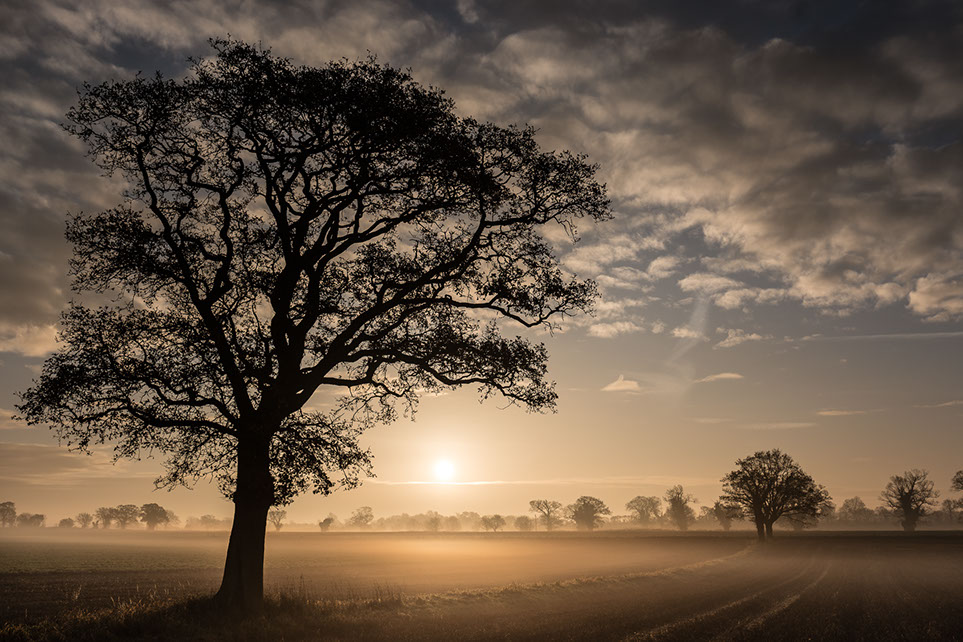
Suffolk Sunrise - Leica SL with 24-90 Vario Elmarit SL Asph.
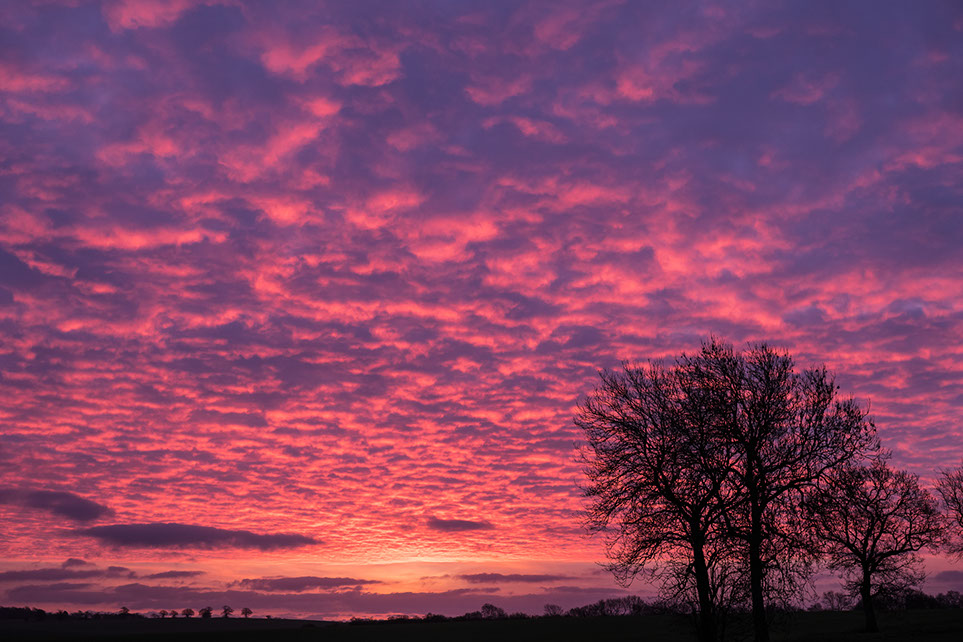
Suffolk Sunset - Leica SL with 24-90 Vario Elmarit SL Asph.
Still Life (product)
The zoom magnification in conjunction with the joy stick helps to achieve the really accurate focusing needed for this type of photography, both with the SL Auto Focus lenses and with M and R lenses. I've found the 60mm macro Elmarit R to be excellent, as is the standard zoom, but I'm hoping that Leica will bring out a dedicated macro lens for the SL in the not too distant future.
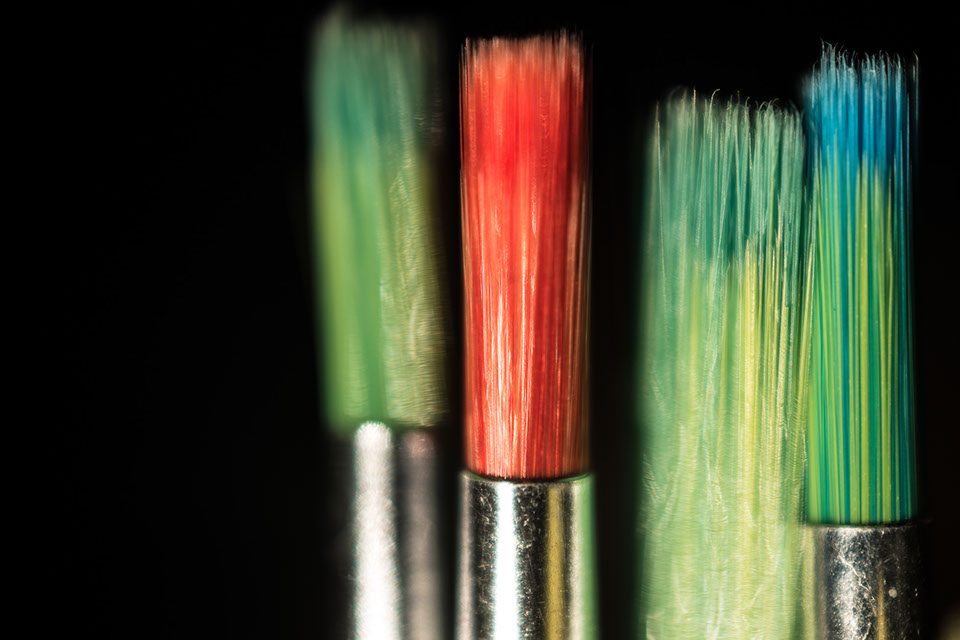
Brushes - Leica SL with 24-90 Vario Elmarit SL Asph.
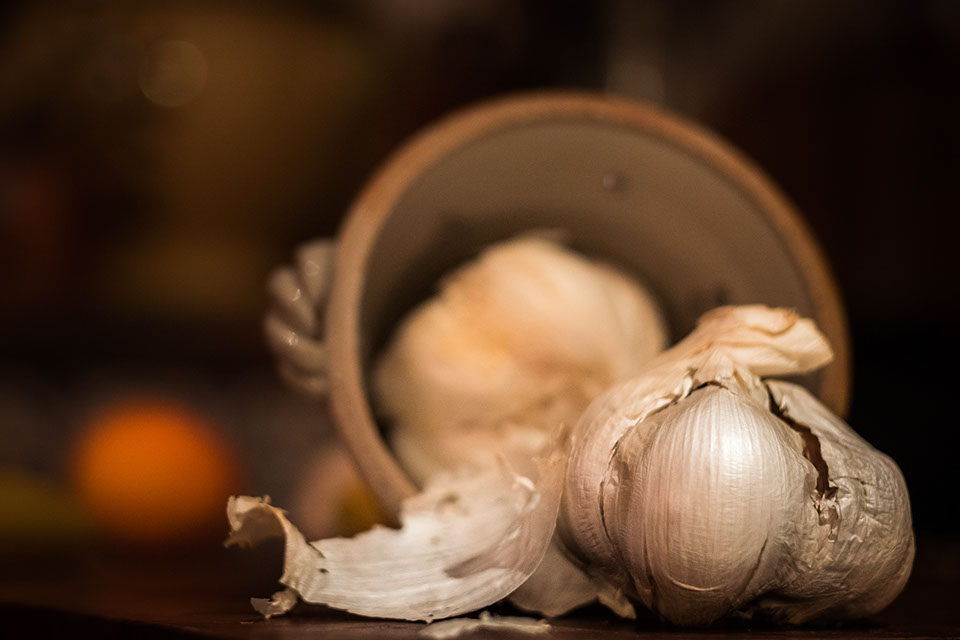
Garlic and Orange - Leica SL with 75mm APO Summicron M f2
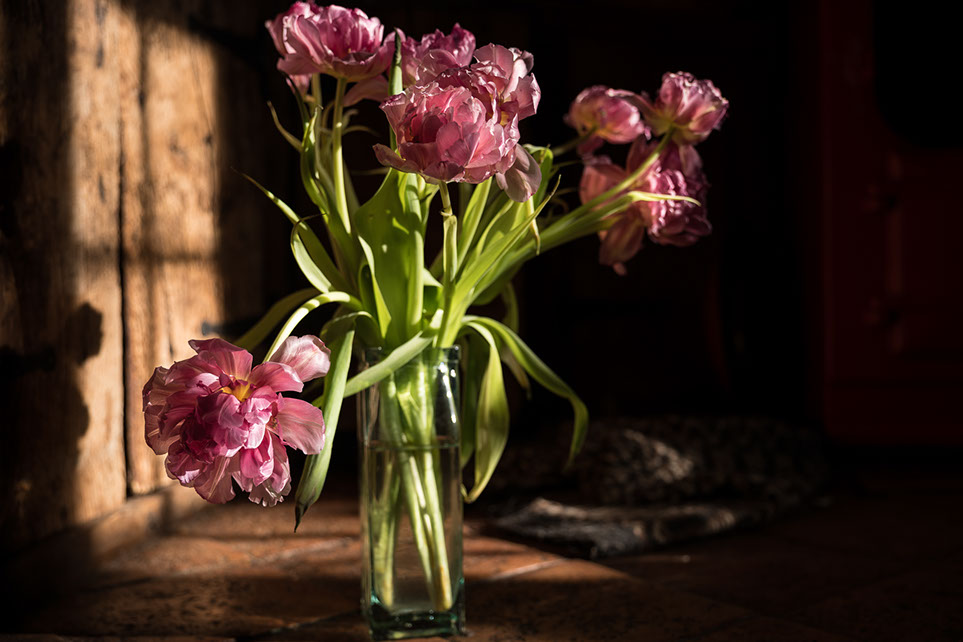
Tulips - Leica SL with 24-90 Vario Elmarit SL Asph.
Street Photography
There are so many possibilities here, you can go out with an M lens, zone focus and fire away; you can take the 24-90 Vario-Elmarit and use autofocus or you can take your pick of the small and excellent T zoom lenses (the cropped 10mp is often quite enough for most street work). The extremely fast shot to shot times, deep buffer and easily moved spot exposure all allow maximum flexibility.
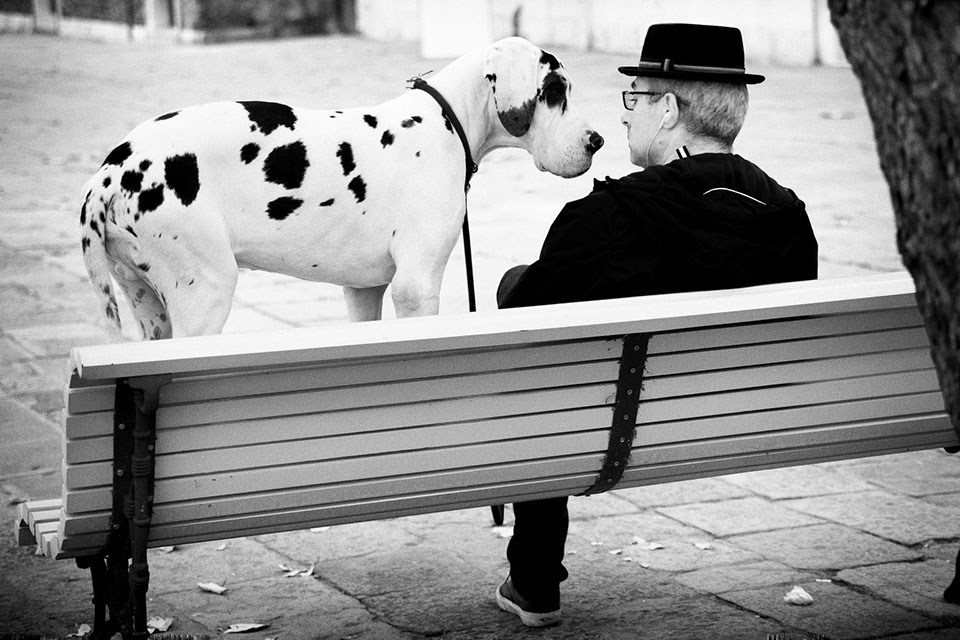
Talking Dog (Venice) Leica SL with 24-90 Vario Elmarit SL Asph.
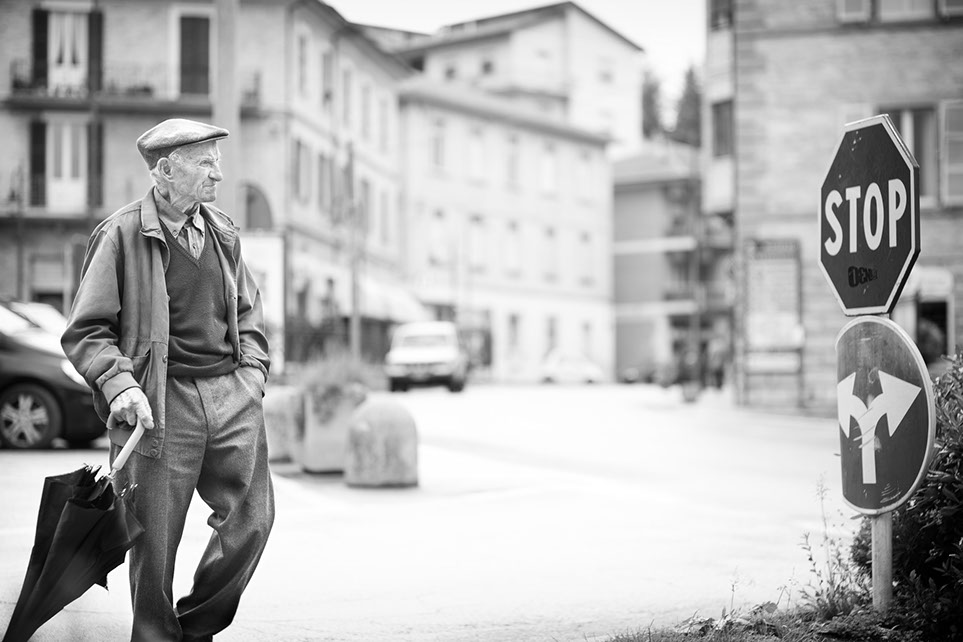
Which Way (Sarnano) Leica SL with 75mm APO Summicron
Path photography
Jesko von Oeynhausen (product manager for the Leica M) coined the phrase. It was meant as a joke, but I don't think I'm alone in wandering around the countryside looking for images, it could be anything from a rainbow to a fisherman, a frog or a decaying piece of farm equipment (or indeed, a path). A kind of rural version of Street photography. The SL with the 24-90 is perfect for this, one minute it's a landscape camera, the next a macro or an action combo.
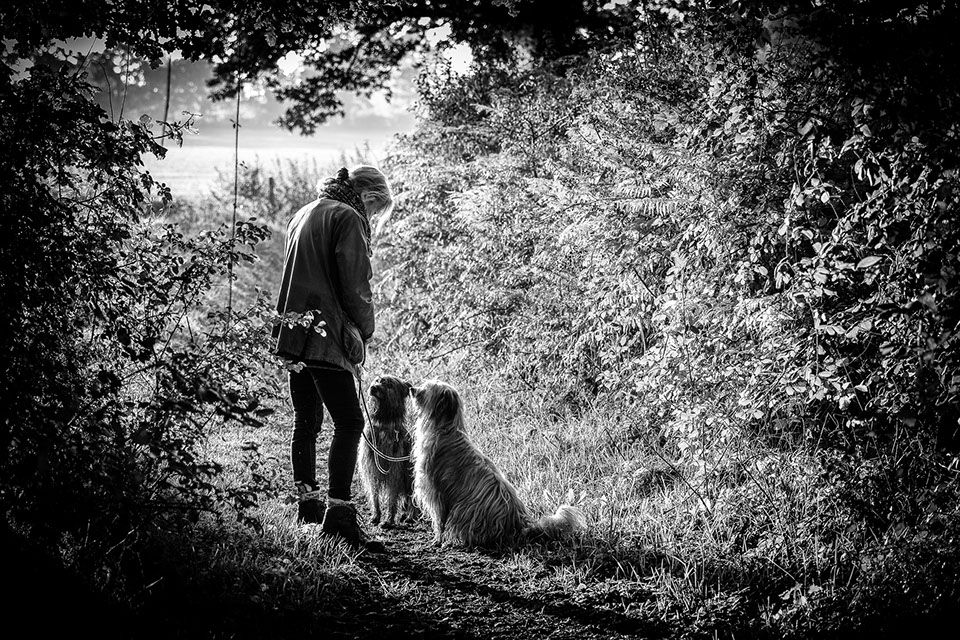
Biscuit Time Leica SL with 24-90 Vario Elmarit SL Asph.
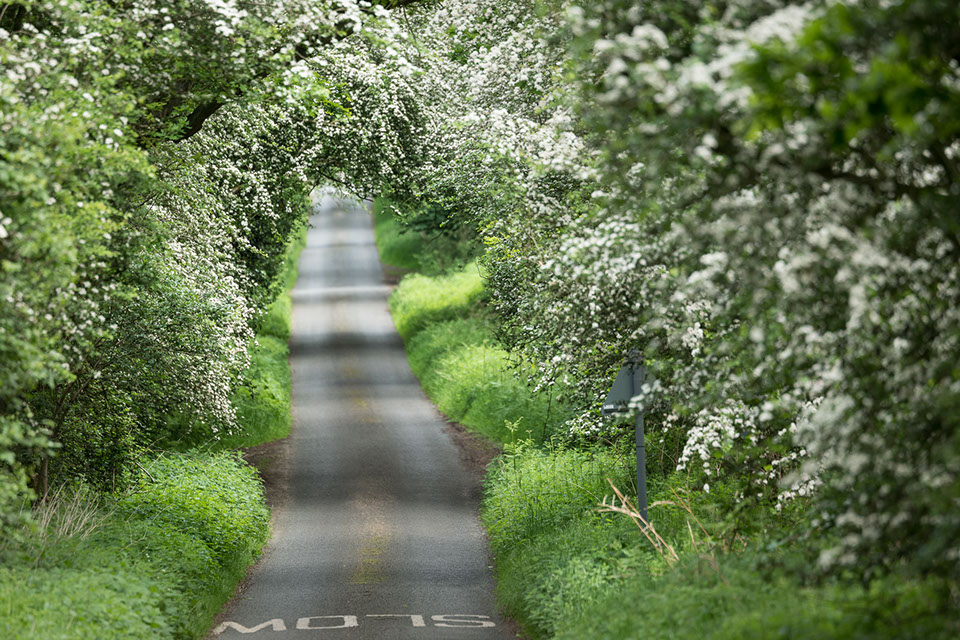
SLOW Leica SL with 90-280 Vario Elmarit SL Asph.
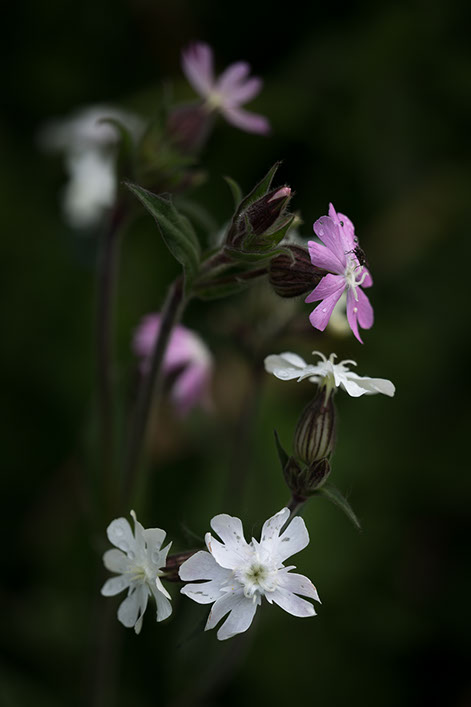
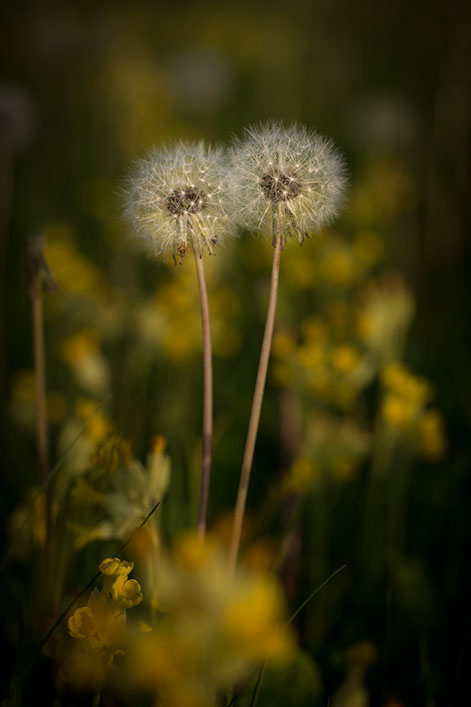
Campion Leica SL with 24-90 Vario Elmarit SL Asph.
Dandelions Leica SL with 24-90 Vario Elmarit SL Asph.
Action Photography
In the early days of mirrorless cameras, the Contrast Detect autofocus really couldn't compete with the phase detect of traditional dSLR cameras for continuous focus. Things have changed and tracking works pretty will with the SL; especially with the 90-280 zoom. Together with the really fast burst rate, infinitesimal black out and lack of mirror slap. The camera is a creditable tool for sports or action photography.
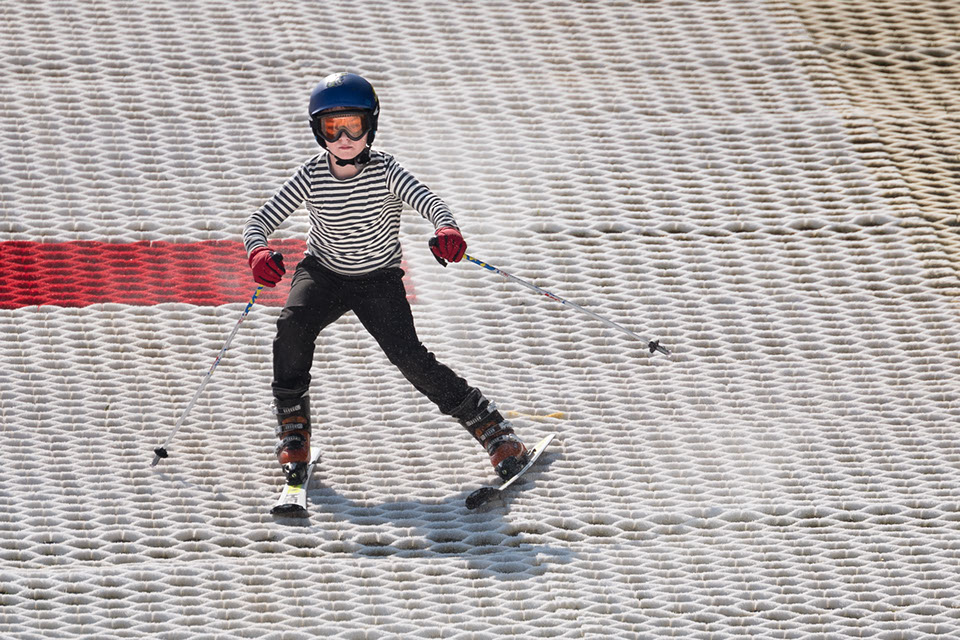
Oscar concentrating Leica SL with 90-280 Vario Elmarit SL Asph.
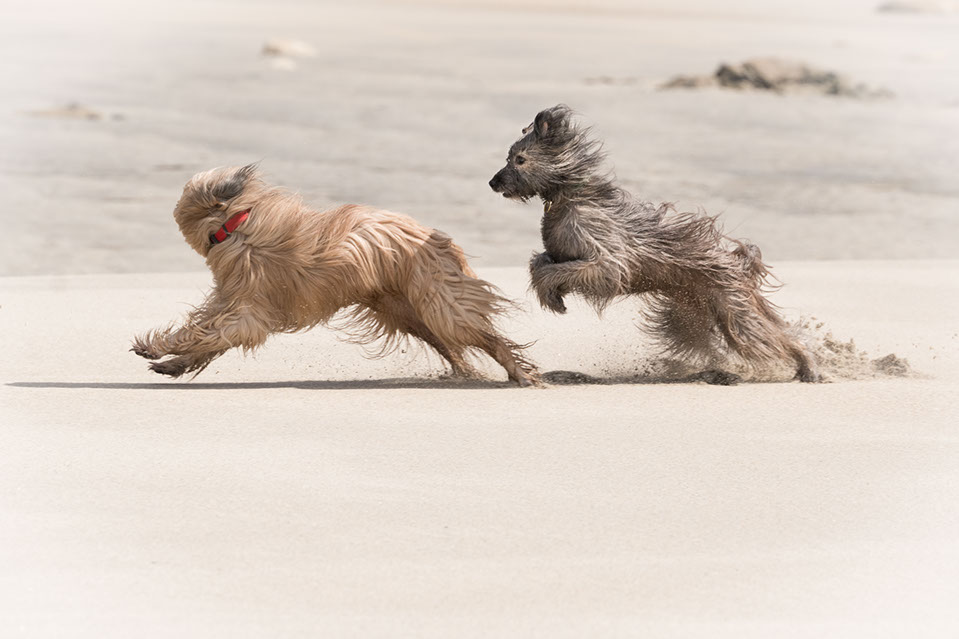
The Chase Leica SL with 90-280 Vario Elmarit SL Asph.
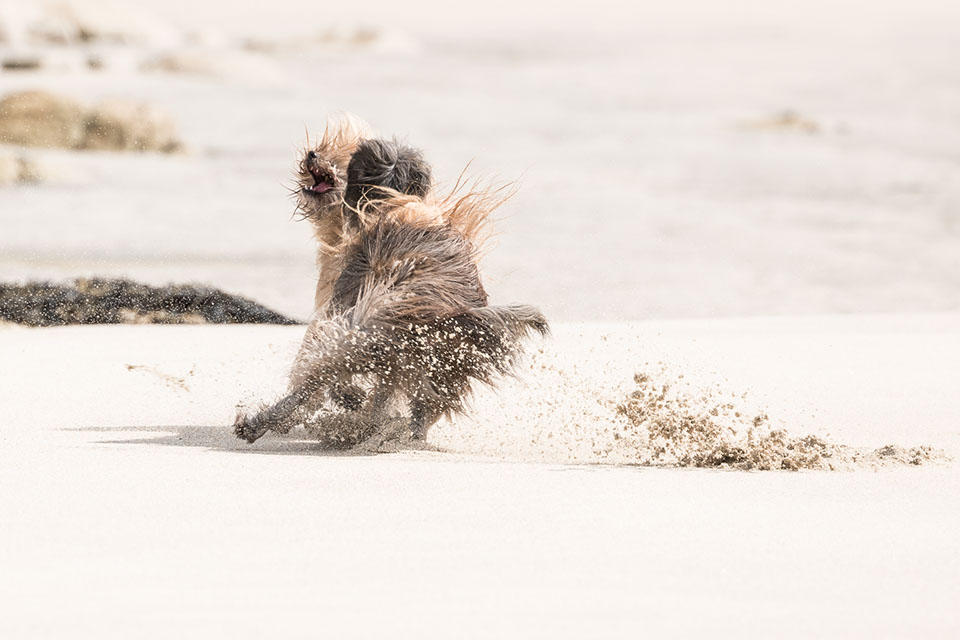
Attack Leica SL with 90-280 Vario Elmarit SL Asph.
Nature and Wildlife
I often head out with the SL and the two Vario-Elmarit zooms, camera and lens over one shoulder and a small bag with the other lens over the other. This gives me a range from 24-280, weather sealed with image stabilisation throughout. If I tuck the little Wide Angle Tri Elmar in a pocket I can go right out to 16mm. The close up facility of both the zooms means that I can catch everything from a damsel fly to a rare bird or a wide skyscape.
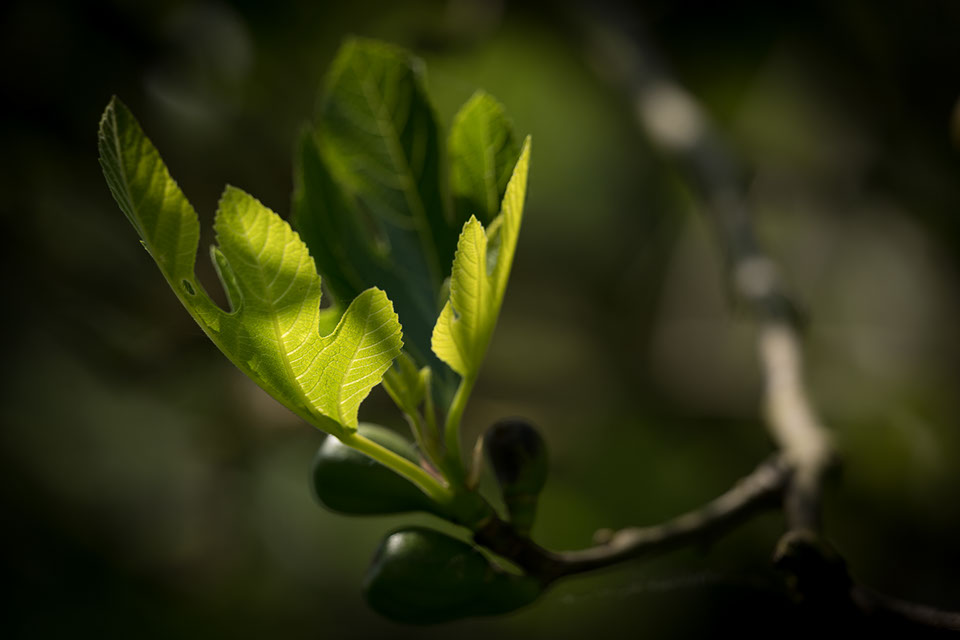
Catch Leica SL with 24-90 Vario Elmarit SL Asph.
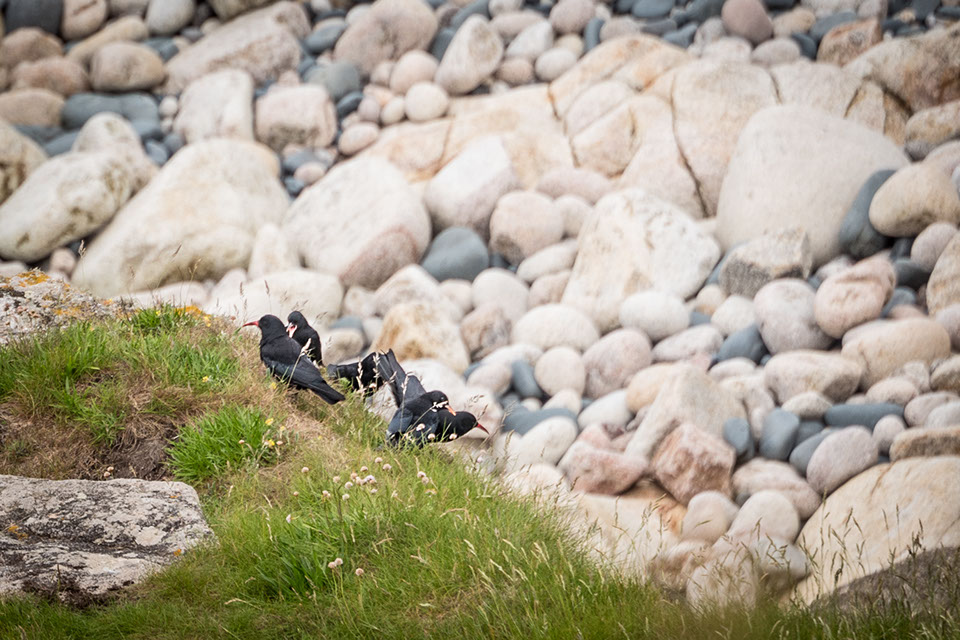
Cornish Chough Family Leica SL with 90-280 Vario Elmarit SL Asph.
Having been extinct from Cornwall since 1978, a migrant from Ireland arrived in 2001 - now there are 9 breeding pairs

San Ginesio Sunset Leica SL with 50mm APO Summicron
(thank you Vieri)
Photojournalism
Each year I shoot the Pink Ladies Tractor Road Run in aid of Breast Cancer Research. The remit is to get a good picture of all of the ladies on their tractors at each of 4 points on the run. Then, to get these images up on the website and on FaceBook the same evening. This year I took 1200 photos and posted 664 on the internet the same day. They then need to be available for the newspapers to pick and use without too much hassle for me, or for them.
This poses several problems - the first one is to get sharp shots of the faces of the tractor drivers; AF cameras like to focus on the front of the tractor, not the face of the driver, and they are driving at about 10mph straight towards the camera. The tractors are all decked out in more or less fluorescent pink, which makes the exposure quite a challenge. The english weather is another problem - last year it was pouring with rain, this year the weather was lovely, but it was cloudy one minute followed by bright sunshine the next. It's important to get the ladies' attention and better still if they wave at the camera, and this means shooting with one hand and attracting their attention with the other. The vertical exhaust pipe on the tractor adds a little to the complication; they often have mirrors (or bunches of pink flowers) attached to them, and the driver's face tends to disappear behind this.
This year I used a single focus point about a third of the way from one side and down from the top of the frame, tracking focus was too difficult to accurately pinpoint the face, so I used continuous focus. For the metering I used spot metering (which follows the focus point). I'm still alive, which proves I got the required shots, and they've been used on the front page of the local paper (with a double page spread inside).
It's important to get the exposure and framing as good as possible so as not to end up with hours correcting it for each image. I've used the SL two years in a row for this job, and it's really come up with the goods, especially this year with the firmware changes.
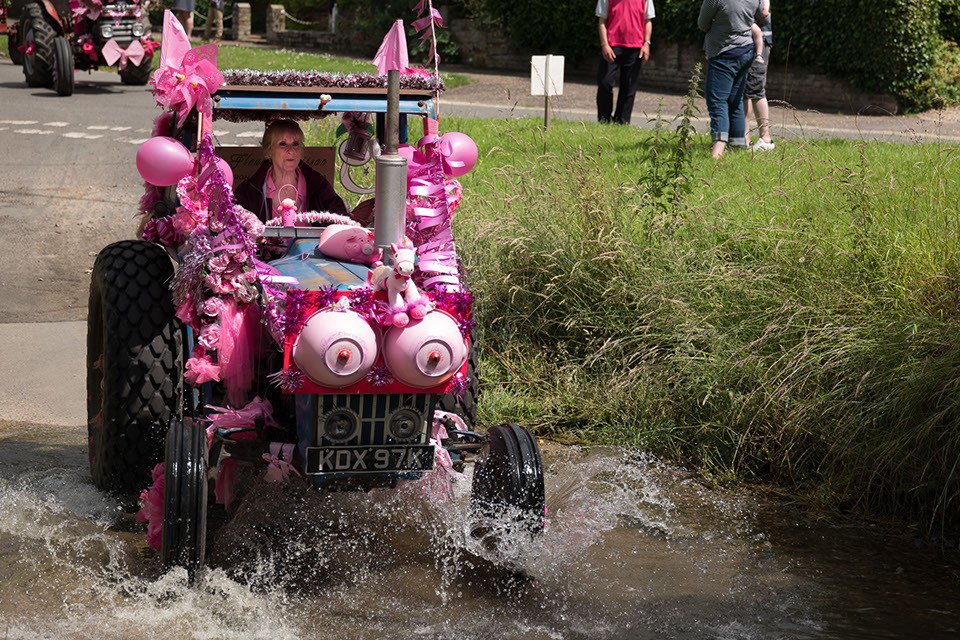
Julie at the Brockdish Water Splash on the 2015 Pink Ladies Tractor Road Run Leica SL with Leica 24-90 Vario Elmarit
(and yes, those breasts pulsate and rotate)
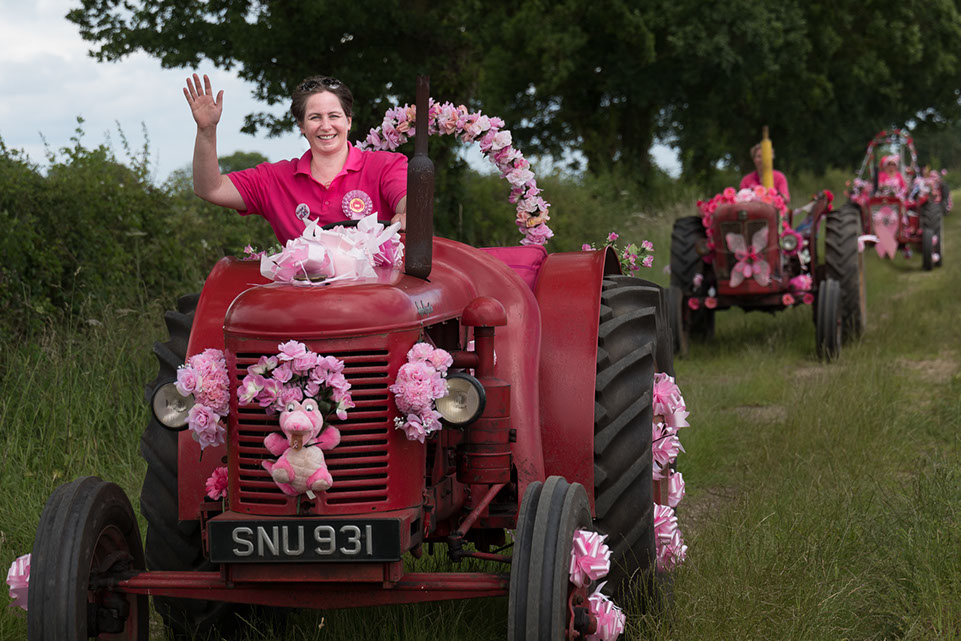
Libby Searle on the off-road section Leica SL with Leica 24-90 Vario Elmarit
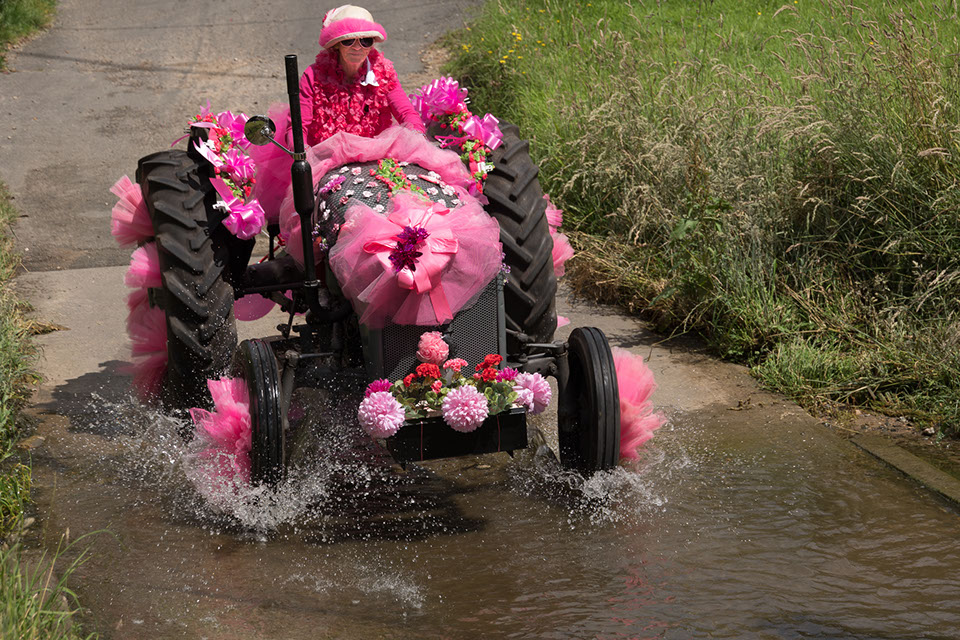
Emma at the Brockdish Water Splash on the 2013 Pink Ladies Tractor Road Run Leica SL with Leica 24-90 Vario Elmarit
Candid and Portrait
Perhaps the SL with the 24-90 is a bit 'in your face' for candid photography, but put on something smaller (a T or M lens) and it's great.
The huge bright EVF makes manual focusing really easy: of course there is always the option of zooming in or focus peaking, it takes a little practice, but I've found it best to use the full frame without any focus assistance. In very low light the EVF remains bright and clear (if a little grainy)

Martha Leica SL with Leica 18-56 Elmar Asph
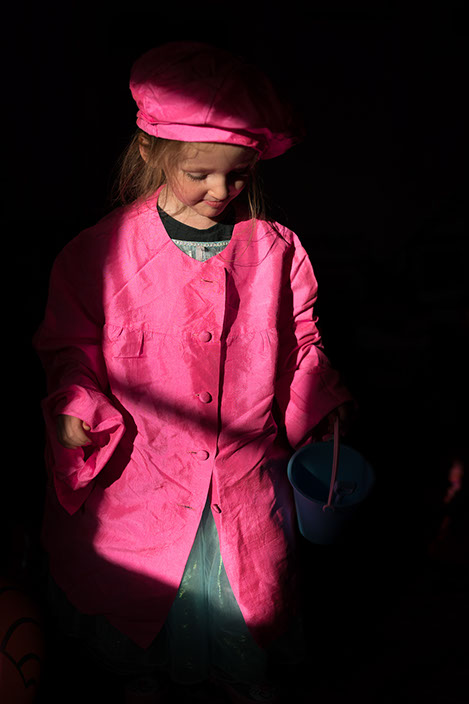
Scarlett Leica SL with Leica M 50mm Summilux Asph
In Great Granny Sheila's finery
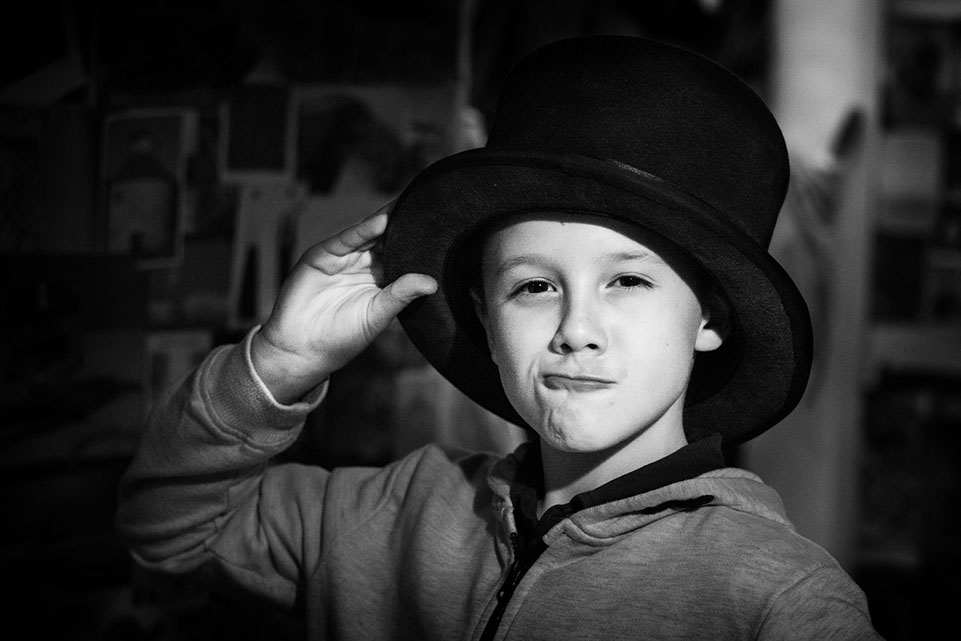
Michael the Hat Leica SL with 24-90 Vario Elmarit SL Asph.
Shooting Scenarios - Conclusion
The point of showing all these different situations was to emphasise how flexible the SL is. Of course, if you only shoot sports, then a Nikon D5 with appropriate lenses might be the better answer; if you only shoot landscape then one could certainly argue the case for a Leica S or a Hasselblad medium format and if you only shoot environmental pictures of people then the case for a Leica M is pretty conclusive. However, the Leica SL can handle all of these situations with ease, I really can't think of a situation where it would fail to come up to the mark, more than that, it's hard to think of another camera which can cover all these situations so well.
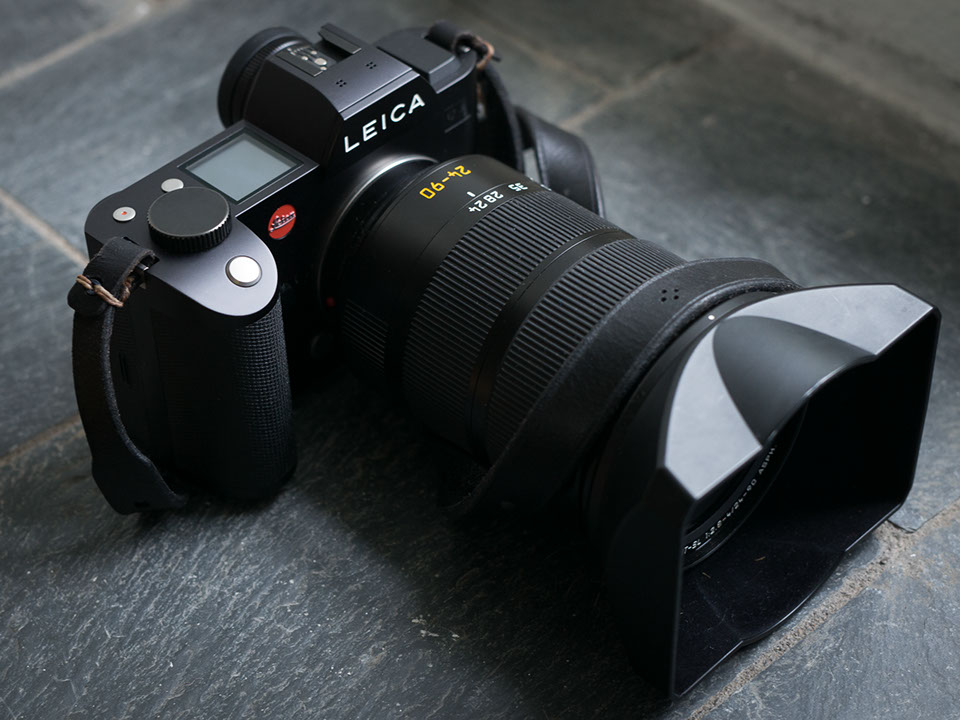
Long Term Use
Build Quality and Wear and Tear
I use my cameras every day - they are often in my hand for several hours at time - we've had a wet winter, and now a wet summer; the SL has been soaked a number of times and it's performed flawlessly. The only sign of wear is slight greying on the dials, and also on the edges of the hot shoe plate. it's improved its looks rather than otherwise. The picture above is after 8 months of continual use. No scratches and the (unprotected) LCD also shows no sign of scratches or scuffs.

Be Very Afraid (the obligatory Cat Picture) Leica SL with Leica R 60mm macro elmarit
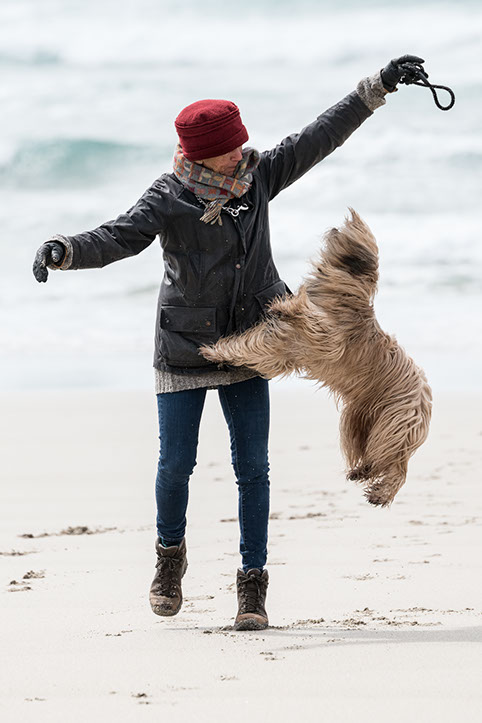
JUMP Caspar Leica SL with Leica 90-280 Vario Elmarit
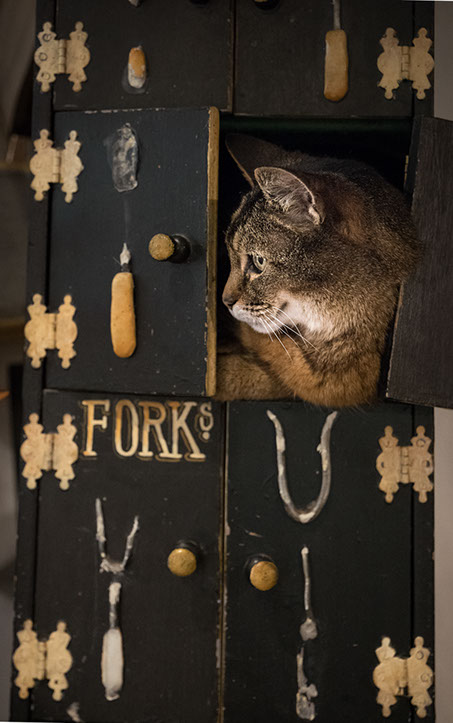
Cutlery Cupboard Leica SL with Leica 24-90 Vario Elmarit
GPS and WiFi
The GPS just works - it's seamless, appears to use little battery life, and it's accurate as well, which leaves very little to say! I leave it on all the time.
I was going to do a section in the Scenarios on Travel Photography, but it seemed to be represented in all of the different categories. However, I think the GPS function is the icing on the cake of the SL as a travel camera.
The WiFi implementation is also really good - it does require you to shoot DNG + JPG, as the native smart phone apps don't necessarily deal with DNG files, but this isn't much of a hardship as it doesn't seem to have any noticeable performance hit. It's great for posting instant pictures to social media when out on a shoot, and the camera control app works really well for remote shooting.
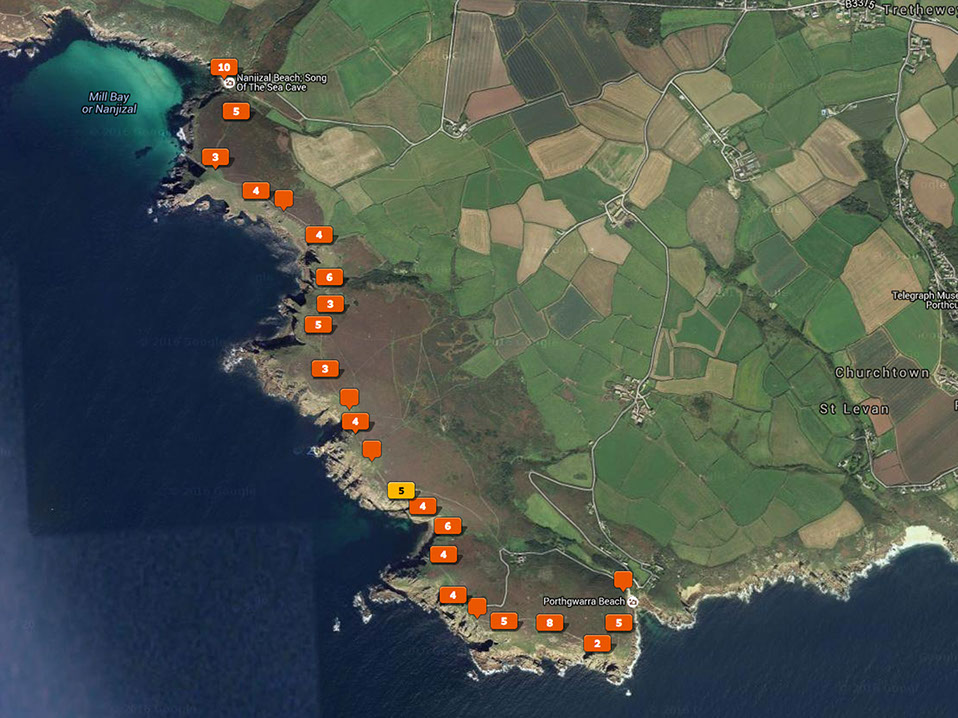
Lands End Walk - GPS Map image from Lightroom
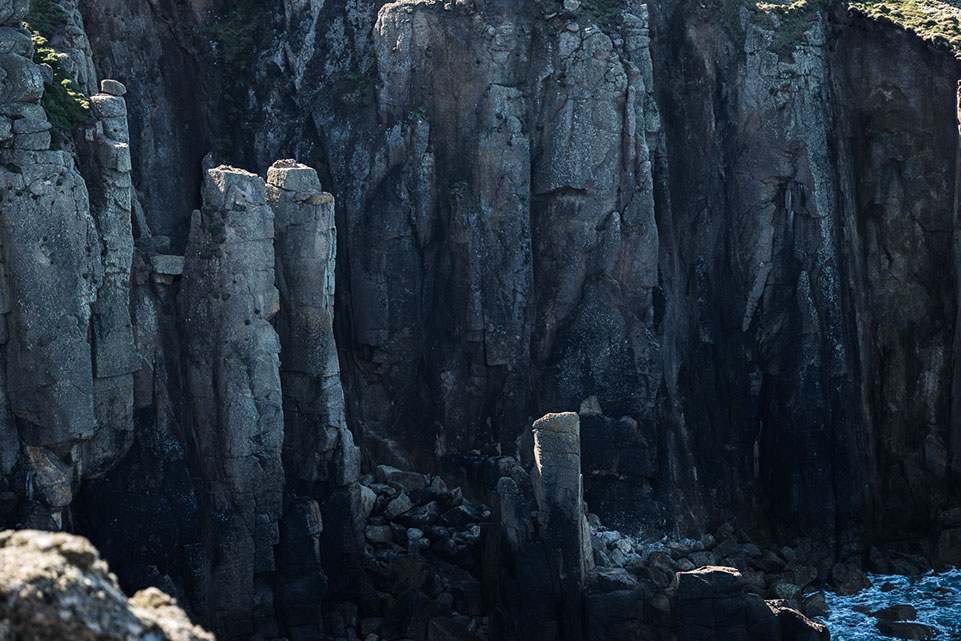
Rock Formations near Nanjizal Leica SL with Leica 90-280 Vario Elmarit
Conclusion
The Leica T was a statement of intent from Leica, and although it isn't 'state of the art' in terms of technology, it was a real step forward in interface design. The Q proved that Leica could actually produce a cutting edge camera which wasn't just interesting, but performed better than its competition.
With the Leica SL they have produced a workhorse of a camera; it's a proper professional tool without any compromises in terms of operability or image quality. More than that, it's a real joy to use, with a logical and intuitive interface, state of the art performance and a couple of practical zooms with prime lens quality results. It's seriously rugged and reliable and you can use it with all your legacy M, S and R lenses.
Over the last year I've used the SL in lots of different situations, from flower macros to pink tractors, and in each situation it has performed effortlessly and satisfyingly. The results have been universally good, even in very trying conditions. A year with the system has emphasised its virtues. Future firmware updates and more lenses can only make it better.
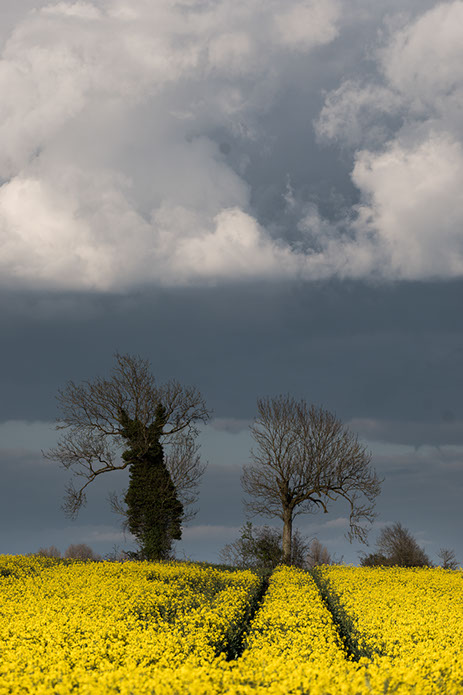
Rape Track SL with Leica 90-280 Vario Elmarit
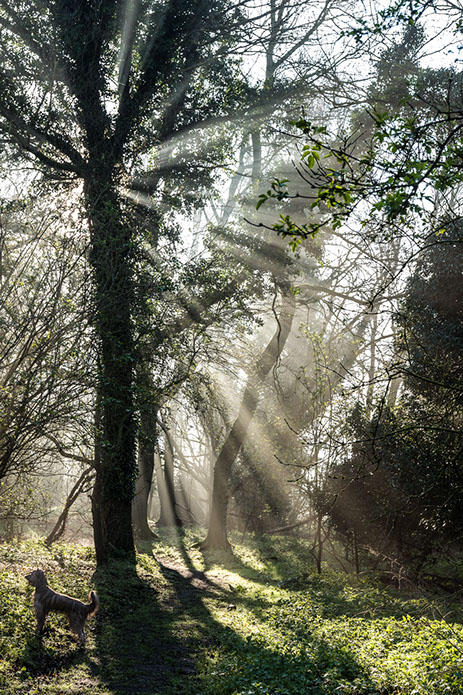
Sunlight Splasing throught the Trees SL with Leica 50 Summilux Asph
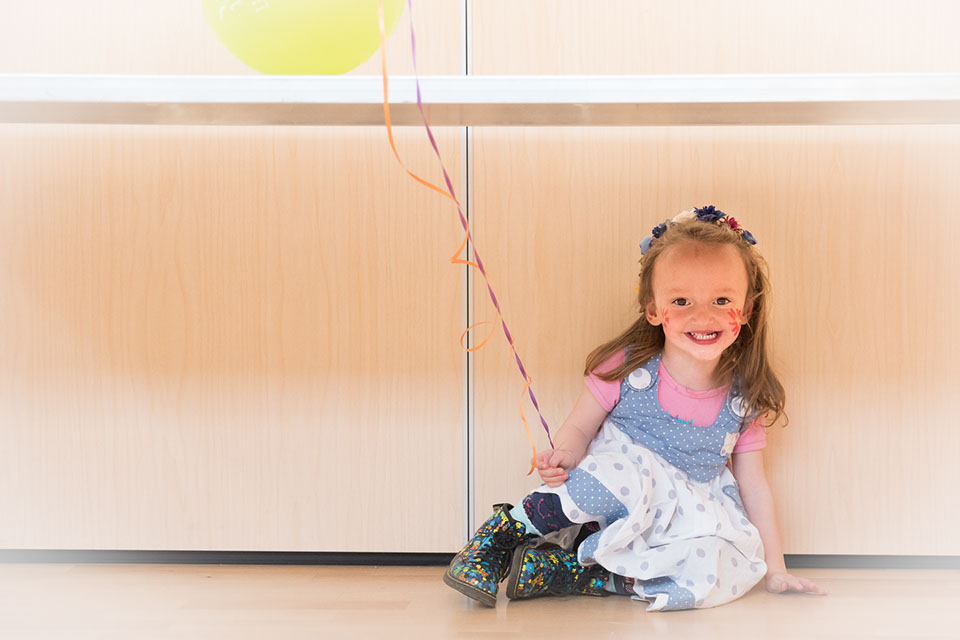
Scarlett is 3 (hooray) Leica SL with Leica 24-90 Vario Elmarit
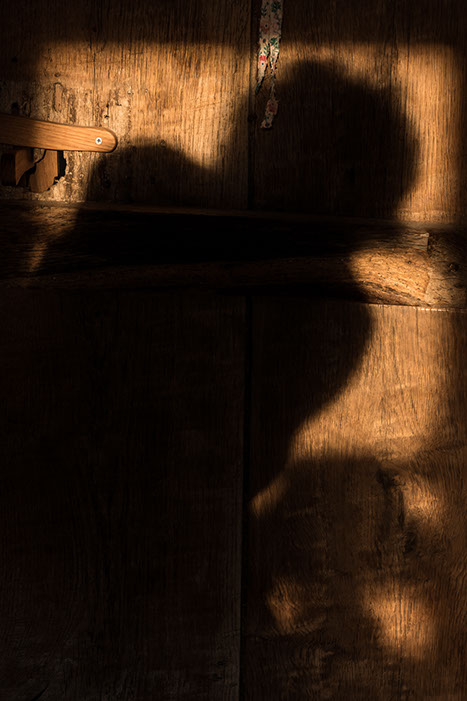
The Author Leica SL with Leica 24-90 Vario Elmarit
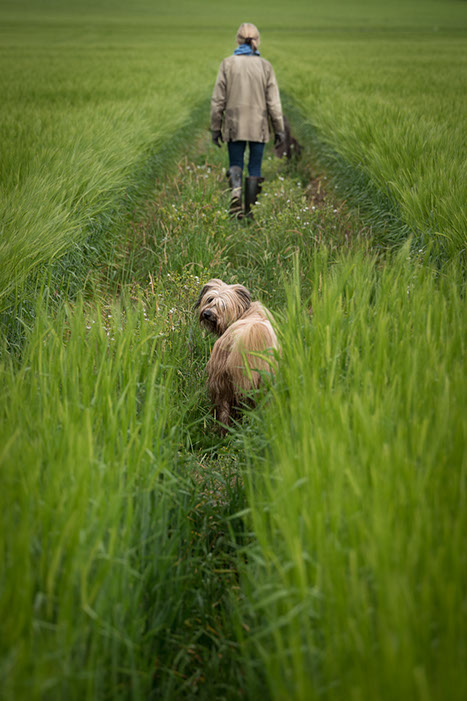
This Way Leica SL with Leica 24-90 Vario Elmarit
